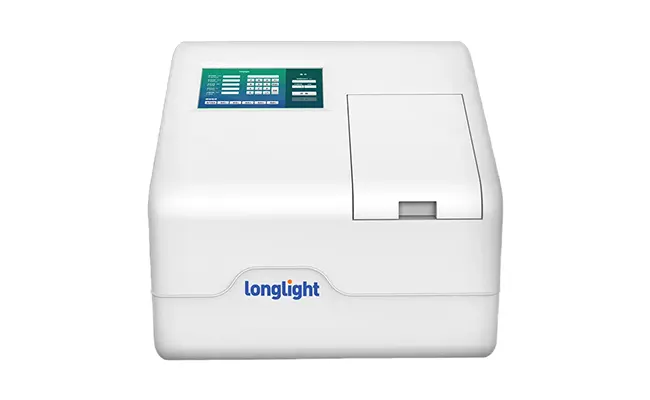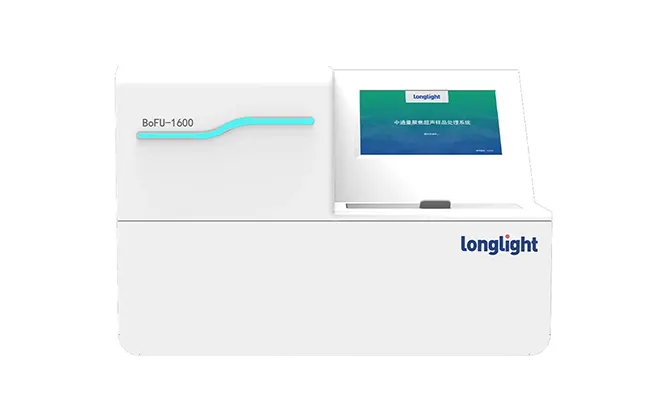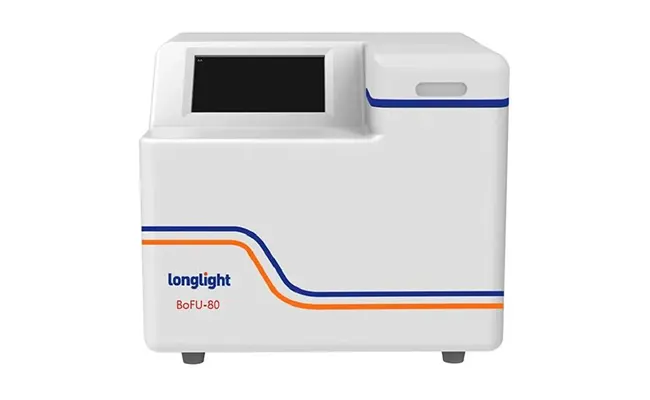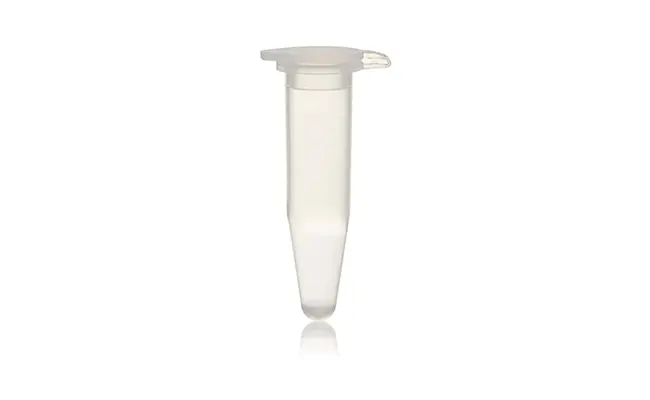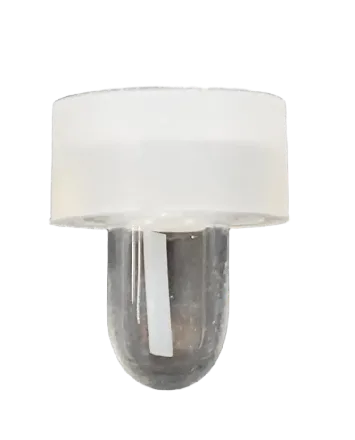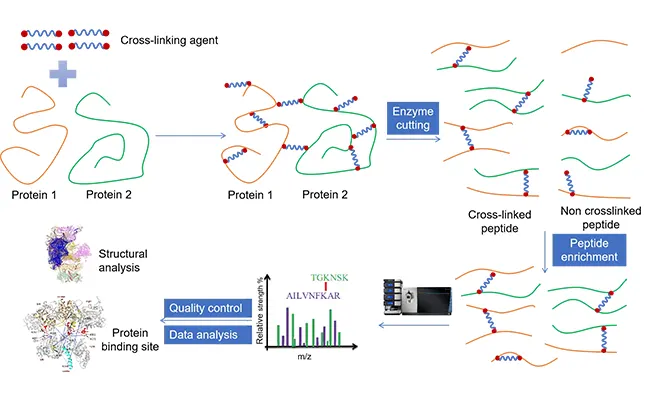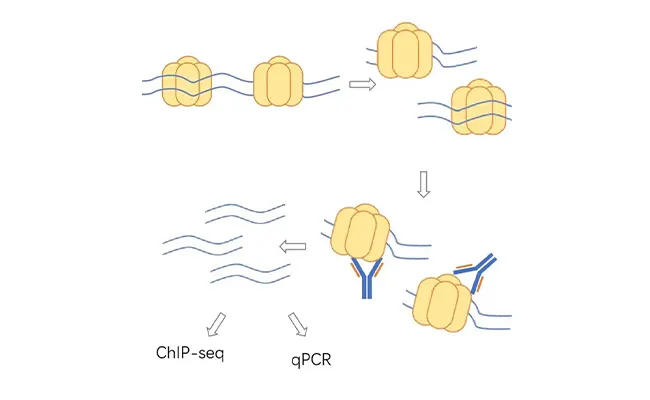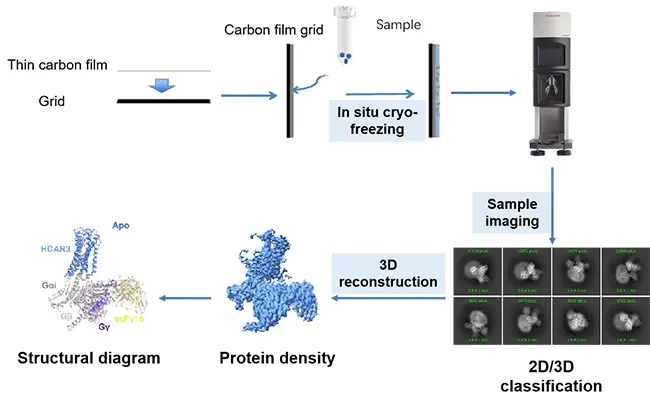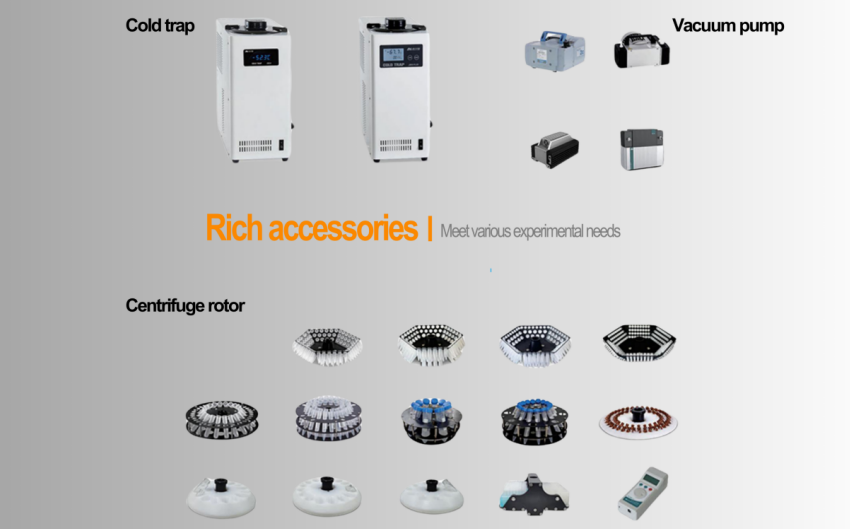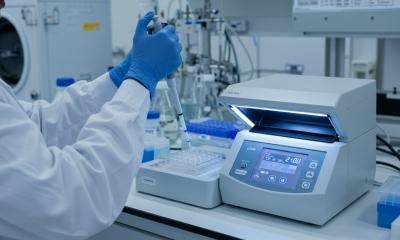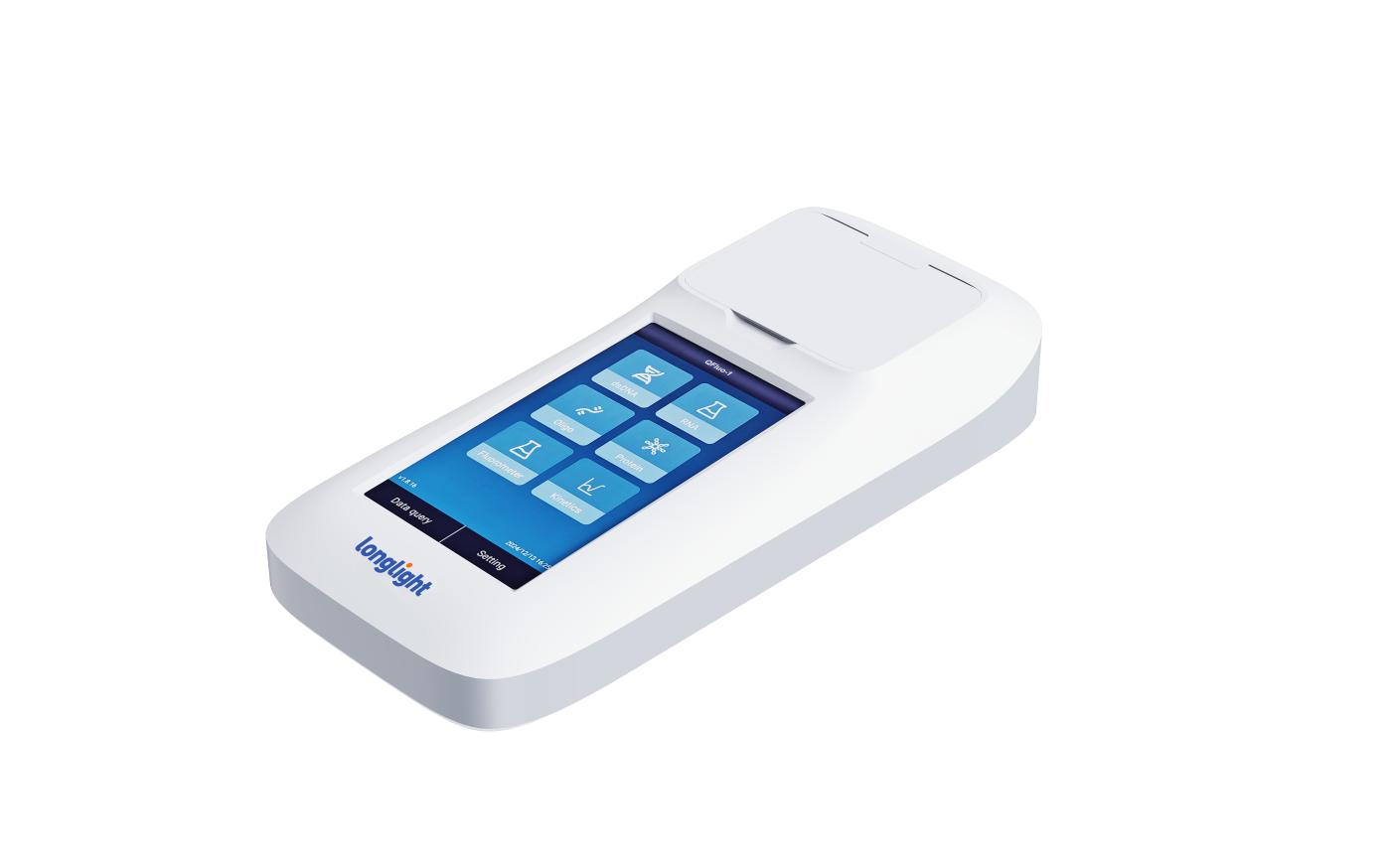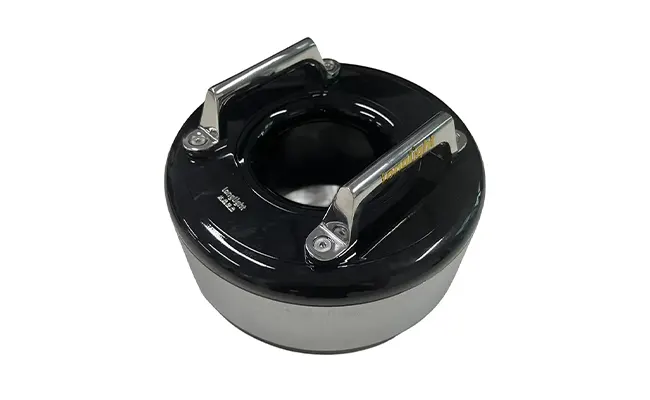Related Post
How Ultrasonic Shearing Instrument Simplifies Cell Lysis Procedures
2025-10-29Cell lysis, the process of breaking open cells to extract biomolecules like DNA, RNA, and proteins, is an essential step in many molecular biology experiments. For years, researchers have relied on various cell lysis techniques, but these methods often come with challenges such as time consumption, inconsistency, and contamination risks. One breakthrough technology that is revolutionizing cell lysis is the Ultrasonic Shearing Instrument. At Longlight Technology, we specialize in providing advanced solutions for molecular diagnostics and molecular biology. Our ultrasonic instruments are designed to enhance precision and streamline sample processing, making them an invaluable tool for modern labs. In this article, we will explore how ultrasonic shearing instruments simplify cell lysis procedures, improve efficiency, and ensure reproducibility in molecular biology experiments.

(Cell Lysis)
What Is Ultrasonic Shearing and How Does It Work?
Ultrasonic shearing involves the use of high-frequency sound waves to break down biological samples. These sound waves generate mechanical vibrations that rupture cell membranes and release their contents. This technique is particularly effective for lysing tough biological materials, including bacterial cells, tissue samples, and even hard-to-break microorganisms.
The Ultrasonic Shearing Instrument works by focusing ultrasonic energy into the sample via a water-based medium. This non-contact, controlled process eliminates the need for traditional mechanical methods, which often require direct interaction with the sample, increasing the risk of contamination. By using focused ultrasonic energy, the instrument delivers precise, uniform results, ensuring consistency and accuracy.
✅ Benefits of Ultrasonic Shearing in Cell Lysis
- Quick and Efficient: The ultrasonic shearing process is much faster than traditional methods, enabling the simultaneous processing of multiple samples, which speeds up research timelines.
- Non-Contact Process: With no physical contact between the instrument and the sample, the chances of contamination are significantly reduced, especially with precious or difficult-to-handle samples.
- Precise Temperature Control: The Ultrasonic Shearing Instrument includes a sensitive temperature control system, ensuring that the sample remains at an optimal, low temperature. This prevents the degradation of heat-sensitive biomolecules like DNA, RNA, and proteins.
- High Reproducibility: Ultrasonic shearing ensures that each sample receives consistent treatment, improving the reproducibility of experimental results.

(Case strudy: The effect of high-intensity ultrasound on cell disruption
and lipid extraction from high-solids viscous slurries of Nannochloropsis sp. biomass – ScienceDirect)
How Ultrasonic Shearing Instruments Improve Cell Lysis Procedures
Unlike conventional sonication methods or mechanical grinders, the Ultrasonic Shearing Instrument focuses high-frequency sound waves directly onto the sample. This ensures that ultrasonic energy is concentrated and uniformly applied, leading to a more efficient and controlled lysis process. The result is better fragmentation and homogenization, which are crucial for obtaining high-quality biomolecules for further analysis.
For instance, the BoFU-1600, a multi-channel focused ultrasound system, is designed to process up to 16 samples simultaneously. It allows for customizable ultrasonic conditions for each sample, ensuring that complex samples are handled with precision. This system not only reduces the chances of error introduced by manual processes but also enhances the standardization of experimental procedures, leading to more reliable results.
✅ Key Features of the BoFU-1600 Focused Ultrasonicator
- Customizable Sample Processing: The BoFU-1600 supports both single and batch processing, allowing researchers to adjust ultrasonic conditions based on the unique needs of each sample.
- Quiet Operation: Unlike traditional ultrasonic devices that can be noisy, the BoFU-1600 operates quietly, making it ideal for shared laboratory spaces where minimal disturbance is preferred.
- Non-Contact and Safe: By eliminating direct contact with the sample, the ultrasonic shearing process significantly reduces the risk of contamination or sample loss. This makes it particularly suitable for working with high-value or sensitive samples.
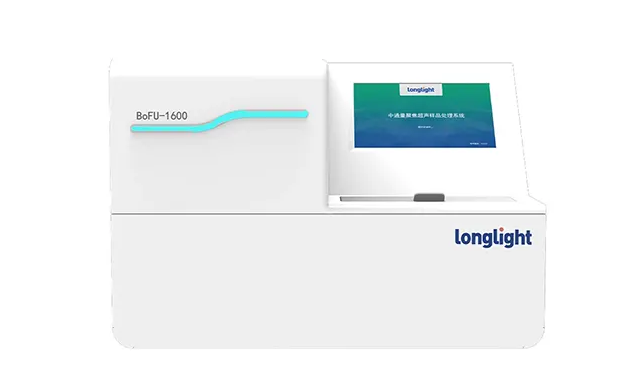
✅ Common Applications in Molecular Biology
The applications of Ultrasonic Shearing Instruments are broad, with notable use in areas such as genomics, proteomics, and microbiology. Some of the most common applications include:
- DNA/RNA Fragmentation: For next-generation sequencing (NGS) and other genomic analyses, the controlled shearing of DNA and RNA is crucial. Ultrasonic technology offers highly reproducible results, which is essential for accurate sequencing.
- Cell Lysis for Protein Extraction: Ultrasonic shearing is highly effective at disrupting cell membranes, making it easier to extract proteins from both mammalian and microbial cells.
- Tissue Homogenization: The ultrasonic process is also used for homogenizing tissue samples, ensuring complete lysis and optimal sample preparation for downstream applications such as protein analysis and mass spectrometry.
Why Choose Longlight Technology?
At Longlight Technology, we are committed to advancing the field of molecular diagnostics and molecular biology by providing cutting-edge tools like the Ultrasonic Shearing Instrument. As the demand for precision and reproducibility in research continues to grow, ultrasonic technology is becoming an indispensable part of the sample preparation process.
Our BoFU-1600 and similar instruments are designed to meet the growing needs of modern laboratories. These devices offer not only high performance but also space-saving, user-friendly designs that integrate seamlessly into existing research workflows.
Why Longlight Technology’s Ultrasonic Shearing Instruments Stand Out?
- Cost-Effective: Our ultrasonic instruments offer advanced performance at competitive prices, making them accessible for laboratories of all sizes.
- Innovative and Compact Design: The BoFU-1600 is compact and designed with a user-friendly interface, saving valuable lab space while ensuring ease of operation.
- Reliable Performance: Each device is carefully calibrated to ensure uniform performance across all units, providing consistent, high-quality results every time.
Final Words
The Ultrasonic Shearing Instrument has greatly simplified the cell lysis process, making it faster, more reproducible, and safer compared to traditional methods. As molecular biology continues to evolve, incorporating ultrasonic technology into your laboratory workflow can dramatically improve the efficiency and accuracy of your research. If you’re looking to streamline your cell lysis procedures and enhance the quality of your molecular biology experiments, Longlight Technology offers the tools you need. Contact us today to learn more about how our ultrasonic instruments can help optimize your research and take your laboratory to the next level.

